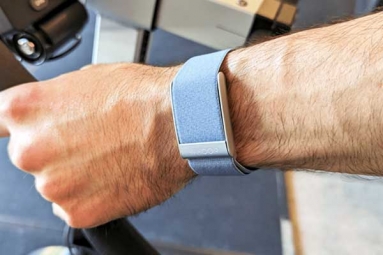
(Image source from: Freepik.com)
The latest data from the World Health Organization shows that half of India's population is physically inactive and women's activity levels are lower than men's. Worrying trends show that globally 31% of adults are not physically active, but in India this rises to 49.4%, followed by 45.7% in Pakistan. In contrast, the inactivity rate is significantly lower at 9.9% in Bhutan and 8.2% in Nepal. New WHO data published in the medical journal Lancet Global Health shows another worrying trend. The prevalence of inadequate physical activity in India has increased from 22.3% in 2000 to 49.4% in 2022. The data projects that by 2030, 59.9 percent of Indian adults will not achieve recommended levels of physical activity if current trends continue. Research shows that inadequate physical activity increases the risk of non-communicable diseases, poor physical and cognitive performance, weight gain and mental health. This means Indians are more likely to suffer from non-communicable diseases such as myocardial infarction, myocardial infarction, type 2 diabetes, dementia, cancer, high blood pressure and poor health due to inadequate physical activity.
In this study, insufficient physical activity was defined by WHO as moderate to vigorous aerobic exercise (at least 150 minutes of moderate-intensity exercise, 75 minutes of vigorous-intensity exercise, or an equivalent combination per week) and was defined as not meeting requirements. The study was conducted by WHO researchers and academic colleagues and published in The Lancet Global Health. According to the data, the highest rates of physical inactivity were in the high-income Asia Pacific (48%) and South Asia (45%) regions. In contrast, levels of immobility in other regions ranged from 28% in high-income Western countries to 14% in Oceania. The data shows that almost a third (31%) of adults worldwide, approximately 1.8 billion people, will not achieve recommended levels of physical activity in 2022. The results suggest an alarming trend of physical inactivity among adults that is increasing every year. According to a June 26 WHO press release, it will increase by about 5 percent between 2010 and 2022. “These new findings highlight missed opportunities to reduce cancer and heart disease and improve mental health and well-being through increased physical activity,” said WHO Director-General Dr. Tedros Adhanom Ghebreyesus. We must renew our resolve to increase levels of physical activity and prioritize bold action, including tougher guidelines and increased funding, to reverse this alarming trend.
Globally, women are still more physically inactive than men, at 34 percent compared to 29 percent, the data shows. “In some countries the difference is up to 20 percent,” the press release said when analyzing the data. “In addition, people over 60 are less active than other adults, highlighting the importance of promoting physical activity for older adults.”



















